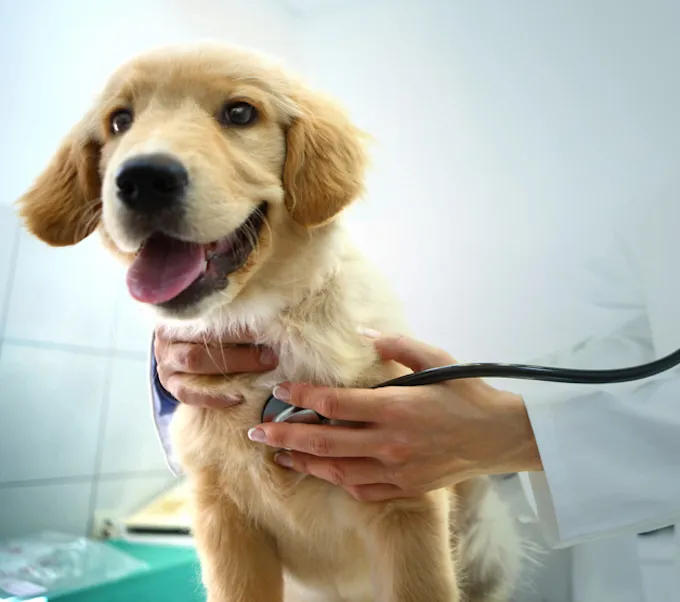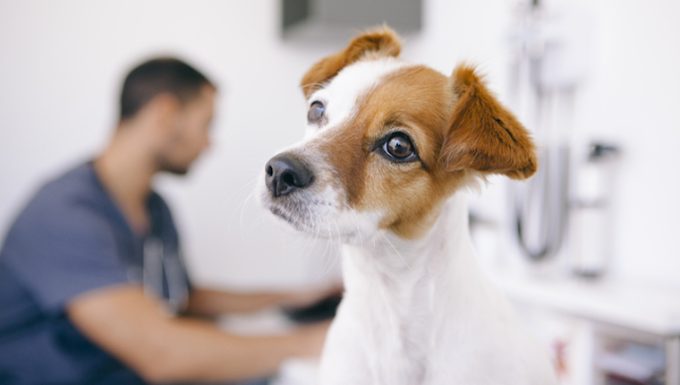Noisy breathing in dogs often happens when a dog is suffering from a respiratory condition. The condition can be heard without the use of a stethoscope.
The condition can produce noises that are both low-pitched and high-pitched. Sometimes, the condition is congenital. Also, flat-faced (brachycephalic) breeds seem to develop it more than other dogs.
Technically, the condition is also known as stertor and stridor in dogs.
If you see the signs of the condition in your dog, then get to a veterinarian for a proper diagnosis and treatment.
Here’s what you should know about the symptoms, causes, and treatments for the condition.
Symptoms of Noisy Breathing in Dogs
The condition produces a wide range of symptoms. For example, some of the most common symptoms include:
- Breathing with an open mouth
- Coughing
- Not being able to bark
- Extra loud breathing noises
- Squeaking sounds when breathing
- Labored breathing
- Cyanosis
- Nasal discharge
- Snorting
- Snoring
- Avoiding exercise
Causes of Noisy Breathing in Dogs

The cause of the condition can be many things. For instance, some of the most common causes include:
- Collapsed nostrils
- Rhinitis
- Tracheal collapse
- Too many growth hormones
- Nervous system problems
- Tumors
- Tracheal stenosis
- Presence of a foreign body
- Neoplasia
- Polyps
Additionally, flat-faced dog breeds are more likely to develop the condition than other dog breeds.
Treatments for Noisy Breathing in Dogs
Firstly, try to keep your dog calm and relaxed while waiting to see your vet. This is so that their breathing remains at a normal level.
Secondly, your vet will ask about your dog’s symptoms. This will include any breed-specific medical problems.
Thirdly, your vet will carry out a full physical examination. This will include using a stethoscope to monitor your dog’s breathing. Blood and urine tests will also be taken. Additionally, X-rays and CT scans can help to diagnose the condition.
Generally, treatment depends on the cause of the condition. For example, if a foreign object is blocking your dog’s airways, emergency treatment will be needed.
While recovering at home, it is important to provide your dog with a quiet and calm environment. Also, avoid too much exercise and make sure the temperature isn’t too high. Your vet can help formulate a safe exercise recovery plan for your dog.
Finally, you can read more about breathing problems in dogs in general here.
Have you ever cared for a dog who suffered from this condition? How did your vet help your dog recover? Let us know in the comments section below.









